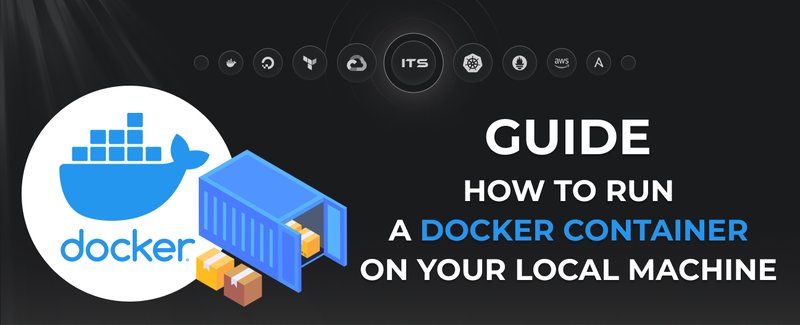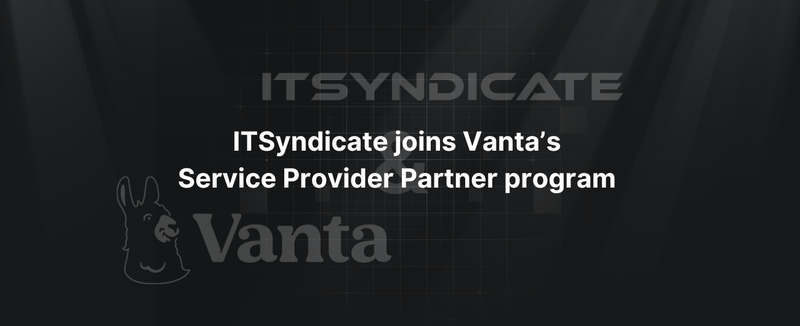The need for resilient systems is undebatable in today's fast-paced digital world. With more and more organizations shifting to the cloud, managing cloud infrastructure has never been so critical. It's not just about having a cloud presence; it's about how robust and resilient your cloud infrastructure is. If you're a cloud infrastructure engineer, this long-form guide will walk you through various strategies to build unbreakable cloud systems.
The anatomy of cloud resilience
Before diving into the nitty-gritty of strategies, let's first understand what resilience means in the context of cloud architectures. Resilience is the system's ability to handle failures gracefully and minimize downtime. In a cloud environment, this involves multiple layers, including servers, storage, networking, and even codebase.
Pillars of cloud resilience
- Redundancy: this is your Plan B. Always have backup resources to take over in case of a failure.
- Scalability: the system should adapt to high loads without crumbling.
- Failover systems: automated processes can take over operations if the primary system fails.
- Monitoring: constant surveillance to catch failures before they become disasters.
Role of a cloud infrastructure engineer in building resilience
A cloud infrastructure engineer is like the captain of a ship steering through rough waters. You're responsible for:
- architectural design
- resource allocation
- performance tuning
- security
- cloud assessment

Tools of the trade: resilience-building tools
Numerous tools can aid in building resilient systems. From monitoring tools like Nagios to orchestration solutions like Kubernetes, the choices are abundant but must be wisely made.
The importance of cloud assessment in resilience
Don't underestimate the power of a proper cloud assessment. Knowing the strengths and weaknesses of your current cloud setup can provide valuable insights. A well-executed cloud assessment could be the difference between a system that bends and a system that breaks.
Explore a range of tools for building resilient systems, from monitoring with Nagios to orchestrating with Kubernetes. Learn the significance of cloud assessments for system strength. Ready to enhance your system's resilience? Contact us today for a consultation!
Strategies for managing cloud infrastructure
Now, let's get down to the meat of the matter. What strategies should you employ for effectively managing cloud infrastructure?
- Automated failover. Automate the failover process to ensure seamless transition during system failures.
- Resource pooling. Resource pooling across different geographical locations can significantly enhance system resilience.
- DDoS protection. Distributed Denial of Service (DDoS) attacks are common, and DDoS protection should be a staple in your cloud resilience strategy.
- Backup and recovery plans. Always have backup and recovery plans that are regularly tested to ensure they work when needed most.
Common pitfalls and how to avoid them
- Overconfidence: don't assume you're immune to failures because you have a cloud infrastructure.
- Ignoring monitoring alerts: always pay heed to the alerts. Ignorance is not bliss in cloud management.
- Lack of testing: regularly test your backup and recovery processes.

Building a fortress in the cloud
The aim of designing resilient systems in cloud architectures is not just to withstand failures but to thrive amidst them. Whether you're managing cloud infrastructure or a seasoned cloud infrastructure engineer, the key takeaway is always to continue improving and adapting. With a robust cloud assessment, judicious tool selection, and intelligent strategies, your cloud infrastructure will not just be a floating entity in cyberspace; it will be an unbreachable fortress.
This guide helps you navigate the complexities of building a resilient cloud system. Remember, resilience isn't a one-time setup but a constant process. So keep iterating, keep testing, and keep building stronger.
Docker commands and Dockerfile usage for running containers on a local machine
Docker commands and Dockerfile usage for running containers on a local machine
Netflix tech stack for powering streaming backend and cloud solutions






